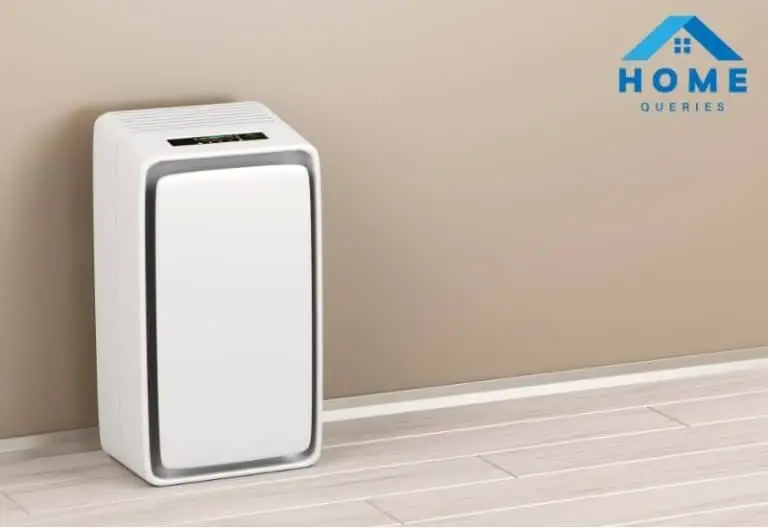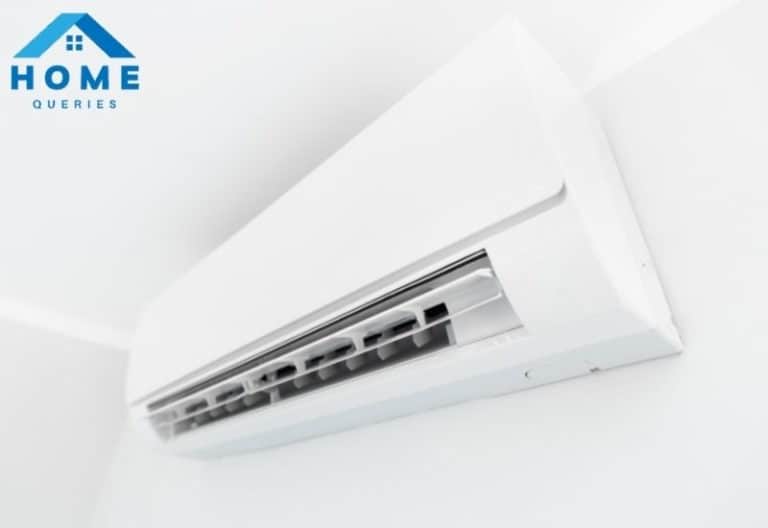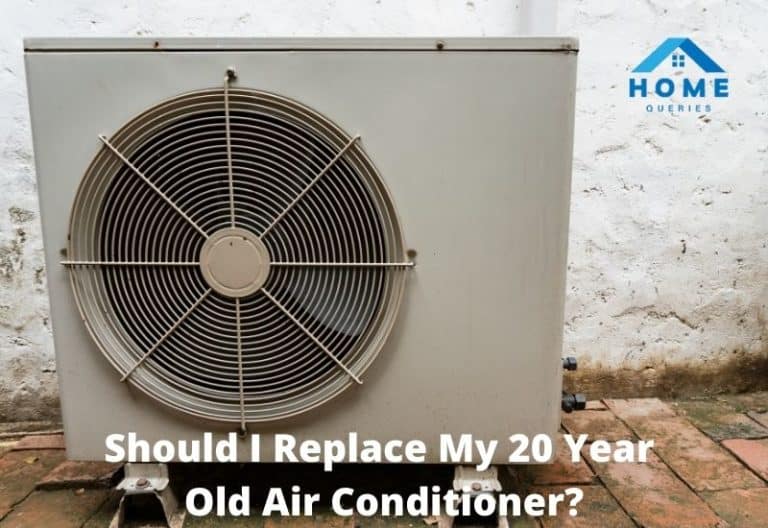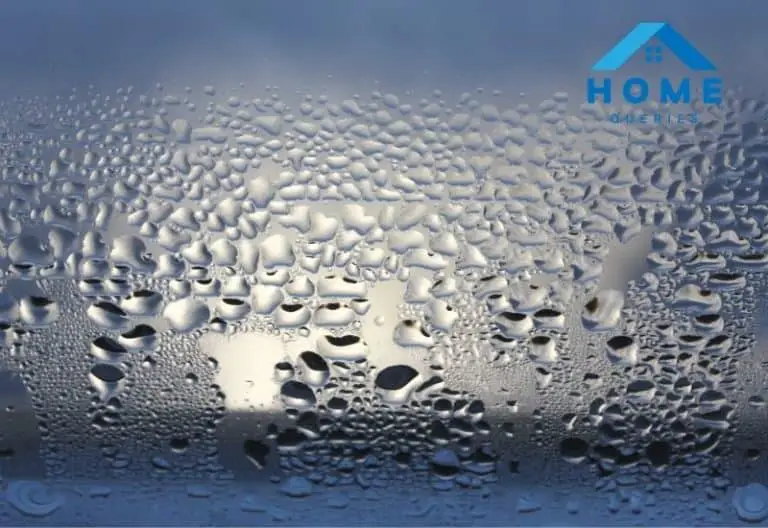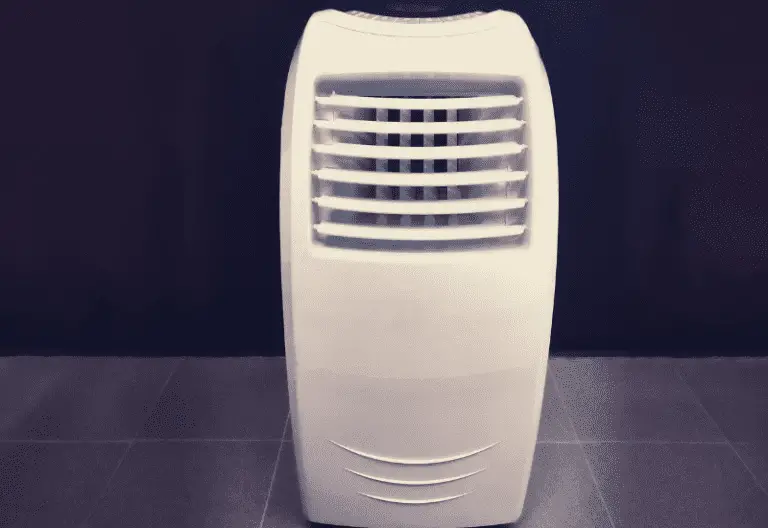The dryer vent’s job is to vent moisture and hot air to the outside. Wet spots can form inside the tube as a result of moisture. Mold can form if built-up lint gets lodged in these wet locations. This wet lint can also adhere to the inside of the dryer vent tube, making cleaning more difficult. As a result, if your air conditioner is too close to your dryer vent, it might be extremely hazardous to your family’s safety. So, do you know how far should dryer vent be from air conditioner?
Screws or other fasteners that can protrude into the duct and capture lint are not permitted. The exhaust duct should be terminated outside the building at least 3 feet from any opening and at least 10 feet from an air conditioner or heat pump condenser. Ventless dryers condense damp air into water, which is collected in a receptacle or discharged into the home’s drainage system. Ventless dryers take up to twice as long as vented dryers.
The operation of your clothes dryer relies heavily on the dryer vent or duct. The dryer will not be able to dry your clothes without it, and you risk catching fire. As a result, it puts your loved ones’ safety in jeopardy.

How Far Should Dryer Vent Be From Air Conditioner And How To Position It?
Any connection from the dryer to the outside should be free of lint. The external duct vent must be at least 3 feet away from any window, door, other vents, or other openings. Exterior duct vents should be at least 6 feet distant from the air conditioning unit.
There’s something to think about while you’re shifting that dryer vent. That is something for which there exist codes. You have 25 feet of developed 4″ vent run. 90° elbows are worth 5′, while 45° elbows are worth 2-1/2′. Add up the length of pipe and then the length of elbows. The rationale for this code is that some dryers are only capable of “pushing” so far, which can result in fires if lint accumulates. Combustion gases are also vented using gas dryers.
During an examination in a home built in 1999, we discovered these issues with the dryer vent’s proximity to the air conditioner compressor. The compressor’s rear was clogged with lint. The tube to the disconnect was preventing the dryer damper from opening. The dryer exhaust was within 1-2 feet of the compressor. That stretchy silver Mylar was used to connect the inner dryer to the wall opening. In the report, I included a 20′ rule of thumb as well as a referral to an HVAC contractor for further inspection.
Is It Beneficial Or Detrimental To Have A Clothes Dryer Vent Close To An Air Conditioner?
Most air conditioners disperse the heat that the system collects throughout the cooling process by sucking air through the closely spaced fins in the condenser coils on the sides and blowing it out the top through a big fan positioned under a grille at the top of the outdoor unit.
When this is combined with the fact that clothes dryers have a filter screen to catch lint, but the screen is not 100 percent effective, and some lint particles are exhausted at the dryer vent duct’s termination, the result is that a condenser unit near a dryer vent will suck the lint onto the fins, where it will become trapped.
The air movement through the fins is obstructed as the lint builds up over time, lowering the effectiveness of the condenser and making it work harder to release heat through clogged fins.
This is why some manufacturers recommend that a condenser not be located near a dryer vent termination, and why we flag it as a defect during a house inspection to avoid the lint crud layer on the condenser’s surface as shown in the photo above.
The International Residential Code, on the other hand, makes no provision for a minimum distance between the dryer vent termination and an air conditioning condenser. The IRC defers to the manufacturer’s instructions, stating simply that “the exhaust duct shall end not less than 3 feet (914 mm) in any direction from openings into the structures if the manufacturer’s instructions do not indicate a termination site.”
The air conditioning condenser in the close-up photo above, on the other hand, is 8 feet distant from a dryer duct termination and was caked with dryer lint on all sides. As a result, the optimum approach is to keep the dryer duct termination and the a/c condenser as far apart as feasible.
Read more: Can A Window Air Conditioner Be Used Inside?
What Are The Requirements For Venting A Dryer?
Except for ventless dryers with a condensate drain, vent clothes dryers are straight to the outside. The criteria we follow to vent a dryer are given below :
- Use smooth metal ducting with a predicted length of 35 feet and supports every 12 feet.
- Place the duct termination at least 3 feet away from any other openings.
- Install a louvered backdraft damper with a cowl at the exhaust duct’s termination end at the outer wall.
- Do not use screening to cover the duct’s terminus.
- Install according to the manufacturer’s instructions and local regulations.
- Do not use lint-removing equipment that returns heat to the house. This introduces unwelcome wetness into the home.
- Exhaust dryers are at least 10 feet away from the AC condenser to avoid poor HVAC performance.
There are several requirements for a vent that exhausts damp air to the home’s exterior:
- It ought to be linked. The dryer’s connection is normally behind it, although it could also be beneath it. Make sure it’s genuinely connected by looking at it closely.
- It is not something that should be prohibited. Dryer vents are frequently composed of flexible plastic or metal tubing that can easily kink or crush when it exits the dryer and enters the wall or floor. This is a common issue because dryers are often tucked away in cramped spaces with limited workspace.
Vent elbows are designed to spin 90 degrees in a small space while allowing exhaust air to flow freely. In the inspector’s report, make a note of any limitations. Restrictions in airflow can cause a fire.
- One of the reasons why limits could cause a fire is because the exhaust stream carries lint extremely combustible particles of cotton and polyester garments in addition to water vapor evaporated from wet clothes. Lint can build up in an exhaust duct, decreasing the dryer’s ability to release heated water vapor, which builds up as heat energy inside the machine.
Mechanical problems can cause lint trapped in the dryer vent to explode into flames as the dryer overheats, resulting in sparks. This situation has the potential to ignite the entire house. The fire usually starts inside the dryer, but it spreads by escaping through the ventilation duct, incinerating accumulated lint, and following the duct’s passage into the building wall.
How Much Space Should Be Cleared Around Your Air Conditioner?
The amount of clearance required is determined by what is in the immediate vicinity of the unit. If the unit is surrounded by a more porous material, such as shrubbery, which allows air to easily pass through, you’ll need less clearance.
Alternatively, if the unit is surrounded by a solid wall, you’ll require extra space. But before you start planting bushes or erecting a wall around your air conditioner, stay reading to learn more about air conditioner clearance and the considerations you’ll need to make.
If you choose to have a low clearance because you’ll be hiding the unit behind a bush, keep in mind that shrubs grow quickly, and 12 inches of clearance might quickly become 6 inches or less.
Your air conditioner needs enough space to circulate air in and out, in addition to proper clearance on either side. You risk placing extra stress on the device if you don’t give it at least 60 inches of vertical clearance.
Due to a lack of clearance on top of the unit, the air conditioner draws in warmer air, causing the machine to perform inefficiently. This increases the wear and tear on your air conditioner and raises your monthly cooling bill.

Frequently Asked Questions About Dryer Venting Safety
The commonly asked questions by customers are listed here to inform you about how to utilize this product.
What Should The Dryer’s Venting Be?
➤The dryer vent should always be directed to the outside of the house. It can be vented through the roof or through the outer walls. A dryer vent should not be positioned near a garage door.
What Is The Ideal Dryer Vent Length?
➤The length of a dryer vent should not exceed 35 feet. Furthermore, for every 45-degree rotation of a dryer vent, 2.5 feet of total permitted length should be removed. Remove 5 feet from the total allowable length for every 90-degree turn.
What Kind Of Material Should My Dryer Duct Be Made Of?
➤Use a metal duct that is smooth and rigid. Lint should not be caught at the joints and flow out of the duct, hence jointed ducts should be in the direction of lint passage.
Is It Possible To Use A Flexible Metal Duct?
➤Dryer venting should not be done using a flexible metal conduit. This will easily clog and will need to be cleaned on a regular basis.
Is There A Code For Dryer Vents?
M1502 – Clothes Dryer Exhaust is the section of the International Residential Code (IRC) that deals with dryer venting systems. The following is a list of the requirements:
- Follow the manufacturer’s directions for exhausting dryers (IRC M1502.1).
- Dryer exhaust systems must be self-contained and transport moisture to the outside. Only ductless clothes dryers that are listed and labeled (condensing) are exempt (IRC M1502.1).
- Exhaust ducts must be terminated outside the building and according to the manufacturer’s specifications. If the manufacturer’s instructions don’t indicate a termination point, it must be at least 3 feet away from any building openings. Backdraft dampers must be installed at the exhaust termination, and duct termination screens must not be installed (IRC M1502.3).
Although not required by the IRC, most manufacturers’ installation manuals specify a duct termination height of one foot above the ground, and, as previously stated, the exhaust duct must be installed according to the manufacturer’s specifications.
- Metal exhaust ducts having a minimum thickness of 0.0157 inches, a nominal diameter of 4 inches, and a smooth inside surface is required. Schedule 40 PVC with a nominal diameter of 4 inches may be used for ducts that run horizontally beneath the slab (IRC 1502.4.1).
- Exhaust ducts must be supported and fixed at a distance of not less than 12 feet. The duct’s insert end should extend into the next duct or fitting in the airflow direction. Exhaust duct couplings must be mechanically attached and sealed in line with Section M1601.4.1. Screws or similar fasteners that protrude more than 1/8 inch into the duct’s interior are not permitted (IRC 1502.4.2).
- The transition ducts used to link the dryer to the exhaust duct system must be UL-2158A listed and identified as a single length. Not all transition ducts on the market are listed and labeled by Underwriters Laboratories, and they can be a fire danger. Transition ducts must not exceed 8 feet in length and must not be hidden within the structure, such as running through a wall or floor (IRC 1502.4.3).
Conclusion
After reading the whole article, you can easily increase your knowledge about a dryer vent. You will also be able to know about ‘How Far Should Dryer Vent Be From Air Conditioner’. In general, you won’t be able to know precise manufacturer’s recommendations or local applicable codes, and you won’t be able to confirm the dryer vent’s compliance with them, but after reading the entire article, you’ll be able to identify problems that need to be addressed.


